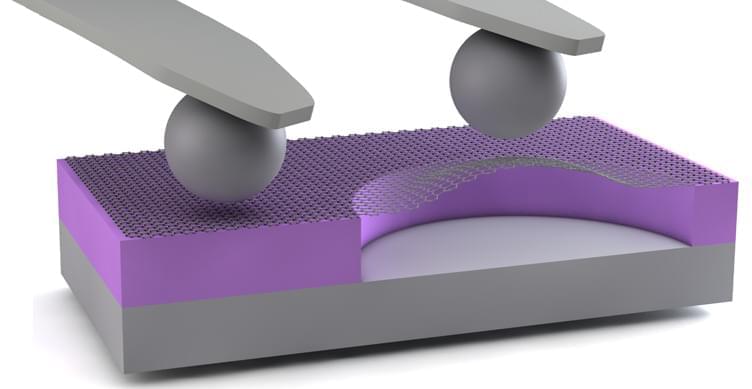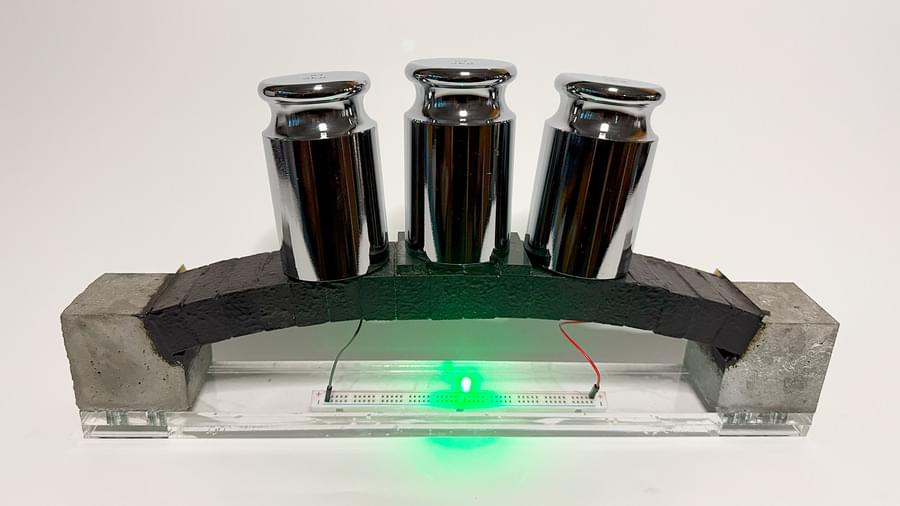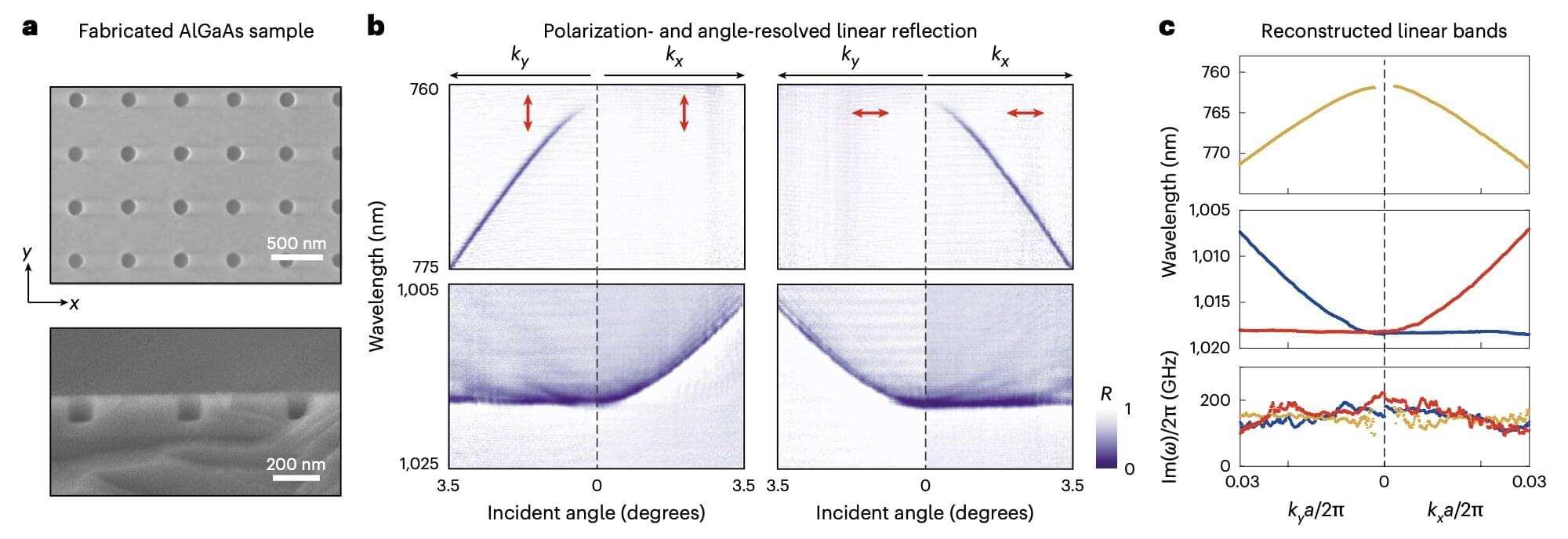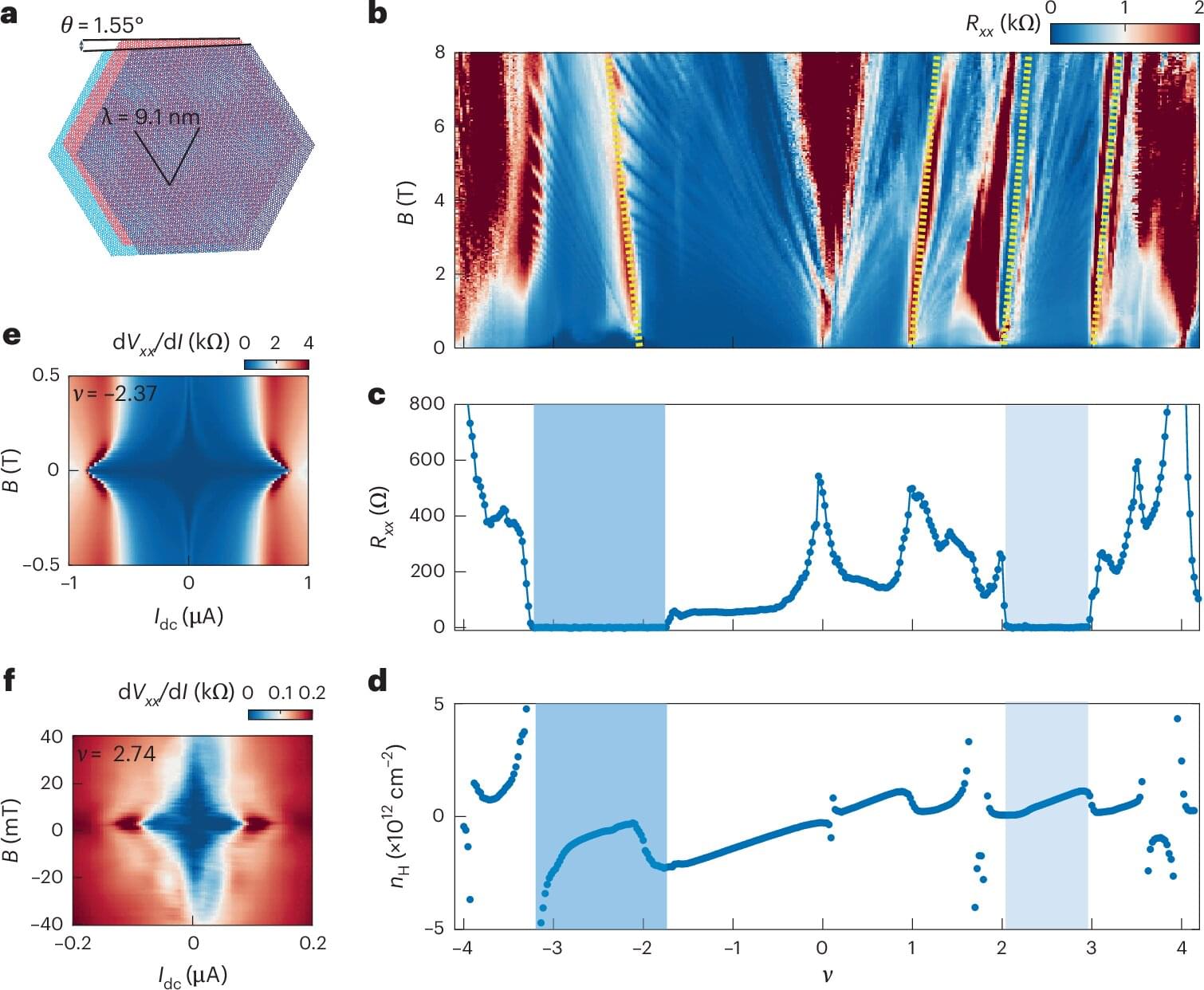Experiments clarify the degree to which a graphene coating can reduce the strength of van der Waals interactions with a surface.




Current procedures for manual extraction of mature muscle tissue in micromechanical structures are time consuming and can damage the living components. To overcome these limitations, we have devised a new system for assembling muscle-powered microdevices based on judicious manipulations of materials phases and interfaces. In this system, individual cells grow and self-assemble into muscle bundles that are integrated with micromechanical structures and can be controllably released to enable free movement. Having realized such an assembly with cardiomyocytes we demonstrate two potential applications: a force transducer able to characterize in situ the mechanical properties of muscle and a self-assembled hybrid (biotic/abiotic) microdevice that moves as a consequence of collective cooperative contraction of muscle bundles. Because the fabrication of silicon microdevices is independent of the subsequent assembly of muscle cells, this system is highly versatile and may lead to the integration of cells and tissues with a variety of other microstructures.

All-solid-state batteries are emerging energy storage solutions in which flammable liquid electrolytes are substituted by solid materials that conduct lithium ions. In addition to being safer than lithium-ion batteries (LIBs) and other batteries based on liquid electrolytes, all-solid-state batteries could exhibit greater energy densities, longer lifespans and shorter charging times.
Despite their potential, most all–solid-state batteries introduced to date do not perform as well as expected. One main reason for this is the formation of so-called lithium dendrites, needle-like metal structures that form when the lithium inside the batteries is unevenly deposited during charging.
These structures can pierce solid electrolytes, which can adversely impact the performance of batteries and potentially elicit dangerous reactions. Identifying strategies to prevent the formation of dendrites in solid electrolytes, while also achieving high energy densities and overall battery performance is thus of key importance to enable the commercialization and widespread deployment of all-solid-state batteries.

Silicides—alloys of silicon and metals long used in microelectronics—are now being explored again for quantum hardware. But their use faces a critical challenge: achieving phase purity, since some silicide phases are superconducting while others are not.
The study, published in Applied Physics Letters by NYU Tandon School of Engineering and Brookhaven National Laboratory, shows how substrate choice influences phase formation and interfacial stability in superconducting vanadium silicide films, providing design guidelines for improving material quality.
The team, led by NYU Tandon professor Davood Shahrjerdi, focused on vanadium silicide, a material that becomes superconducting (able to conduct electricity without resistance) when cooled below its transition temperature of 10 Kelvin, or about −263°C. Its relatively high superconducting transition temperature makes it attractive for quantum devices that operate above conventional millikelvin temperatures.


Over the past few years, engineers and material scientists have been trying to devise new optical systems in which light particles (i.e., photons) can move freely and in useful ways, irrespective of defects and imperfections. Topological phases, unique states of matter that are not defined by local properties, but by non-local and global features, can enable the robust movement of photons despite material defects.
Researchers at the University of Pennsylvania and University of California-Santa Barbara recently demonstrated the realization of Floquet Chern insulators, materials in which the periodic application of an oscillating light field or other external fields give rise to a unique topological phase, in a nonlinear photonic system. The insulators presented in their paper, which was published in Nature Nanotechnology, are based on nonlinear photonic crystals, materials with repeating patterns that can control the propagation of light and respond differently to light of different intensities.
“Topological photonics explores photonic systems that exhibit robustness against defects and disorder, enabled by protection from underlying topological phases,” wrote Jicheng Jin, Li He and their colleagues in their paper. “These phases are typically realized in linear optical systems and characterized by their intrinsic photonic band structures. We experimentally study Floquet Chern insulators in periodically driven nonlinear photonic crystals, where the topological phase is controlled by the polarization and the frequency of the driving field.”

Superconductivity is a phenomenon where certain materials can conduct electricity with zero resistance. Obviously, this has enormous technological advantages, which makes superconductivity one of the most intensely researched fields in the world.
But superconductivity is not straightforward. Take, for example, the double-dome effect. When scientists plot where superconductivity appears in material as they change how many electrons are in it, the material’s superconducting regions sometimes look like two separate “domes” on a graph.
In other words, the material becomes superconducting, then stops, then becomes superconducting again as we keep changing its electron density.

A group of scientists, including researchers from the University of Tokyo, has found evidence that liquid water once moved through the body of the asteroid that eventually gave rise to the near-Earth asteroid Ryugu. Remarkably, this activity occurred more than a billion years after the asteroid originally formed.
The discovery comes from the study of tiny rock fragments collected by the Hayabusa2 spacecraft of the Japan Aerospace Exploration Agency (JAXA). The results challenge the long-standing belief that water-related processes on asteroids happened only during the earliest stages of solar system history. This new understanding could influence models of how Earth itself was formed.
Although scientists have developed a fairly detailed picture of how the solar system came together, important questions remain. One of the biggest mysteries is how Earth acquired such an abundance of water. For decades, researchers have suspected that carbon-rich asteroids, such as Ryugu, which were created from ice and dust in the outer regions of the solar system, played a major role in supplying that water. Ryugu was visited by the Hayabusa2 mission in 2018, marking the first time a spacecraft both studied such an asteroid directly and returned samples to Earth. These precious materials are now helping researchers address some of the most fundamental questions about the origins of our planet.

Scientists have created eco-friendly “quantum inks” that can replace toxic metals in infrared detectors. The breakthrough could make night vision faster, cleaner, and more accessible to a wider range of industries.
Toxic Metals vs. Infrared Innovation
Manufacturers of infrared cameras are facing a growing challenge. Many of the materials used in today’s detectors, including toxic heavy metals, are now restricted under environmental regulations. As a result, companies often find themselves forced to choose between maintaining performance or meeting compliance standards.